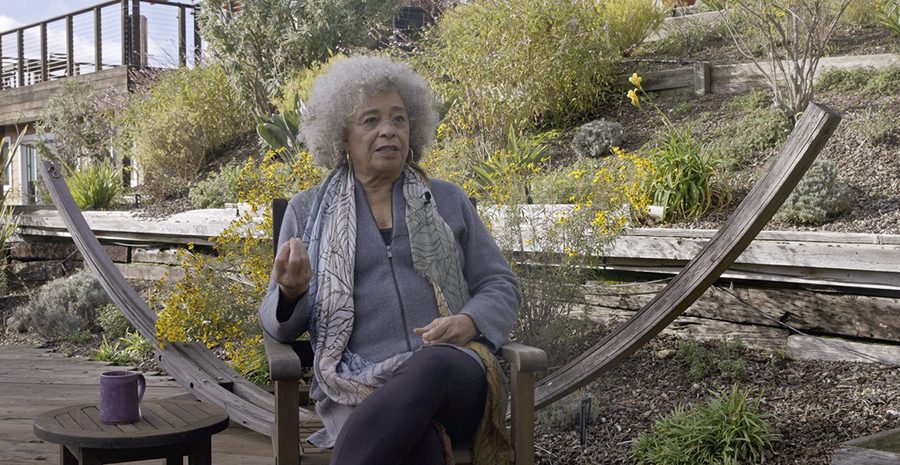Casio, Seiko, Sheraton, Toyota, Mars
Sean Snyder

Stills: Courtesy Galerie Neu, Berlin
Collection
Single-channel video installation, color, sound
13 min 12 sec
"News stories, scripted for consumption, merge the spaces of recent conflict. Plots, characters, and camera direction produce images for decoding. The sets can be cities, mountainous landscapes, hide-outs and tourist resorts. The plots include documents, dossiers, manuals, reports, un-released videos, un-circulated images, found mobile phone SIM cards, confiscated hard drives, and a largely unseen spectacle of incidental props.""¨
Sean Snyder's film essay Casio, Seiko, Sheraton, Toyota, Mars from 2004, analyzes the conventions and complications that arise in the production of iconic images of war. Combining the most diverse footage including moving and still images from amateur, government, photojournalistic and media sources, the work investigates the ongoing re-interpretation of information in the news media, from the Cold War to present day conflict in Iraq and Afghanistan, questioning the correlation between factual evidence in the form of images rehashed through the media and the actual pictures of reality as such.
Snyder simultaneously focuses on the materiality of war - expressed in consumer goods, economic exchange and the super brands in the title through the repeated appearance of products such as Mars candy bars, Toyota trucks, and Casio watches - and the relationship between the 'reality' of war as an event and its documentation as spectacle, exposed through quotations from textbooks and instruction manuals outlining the mechanisms of photojournalism. This critical deconstruction of and reflection on photojournalism thus reminds the viewer that the relationship between deed and documentation is reciprocal rather than dichotomous, made acutely evident for example by soldiers strapping cameras to their guns, thereby simultaneously engaging in journalistic and military services. Further addressing the international acceptance and consumption of images and consumer goods beyond all boundaries, both as part of the globalization of the market economy and as part of an ideological war, Snyder addresses the ethics of reportage, the staging and manipulation of images, and the changing role of photojournalists in the era of consumer digital imaging.
*1972 in Virginia Beach, USA | Living and working in Berlin, Germany
13 min 12 sec
"News stories, scripted for consumption, merge the spaces of recent conflict. Plots, characters, and camera direction produce images for decoding. The sets can be cities, mountainous landscapes, hide-outs and tourist resorts. The plots include documents, dossiers, manuals, reports, un-released videos, un-circulated images, found mobile phone SIM cards, confiscated hard drives, and a largely unseen spectacle of incidental props.""¨
Sean Snyder's film essay Casio, Seiko, Sheraton, Toyota, Mars from 2004, analyzes the conventions and complications that arise in the production of iconic images of war. Combining the most diverse footage including moving and still images from amateur, government, photojournalistic and media sources, the work investigates the ongoing re-interpretation of information in the news media, from the Cold War to present day conflict in Iraq and Afghanistan, questioning the correlation between factual evidence in the form of images rehashed through the media and the actual pictures of reality as such.
Snyder simultaneously focuses on the materiality of war - expressed in consumer goods, economic exchange and the super brands in the title through the repeated appearance of products such as Mars candy bars, Toyota trucks, and Casio watches - and the relationship between the 'reality' of war as an event and its documentation as spectacle, exposed through quotations from textbooks and instruction manuals outlining the mechanisms of photojournalism. This critical deconstruction of and reflection on photojournalism thus reminds the viewer that the relationship between deed and documentation is reciprocal rather than dichotomous, made acutely evident for example by soldiers strapping cameras to their guns, thereby simultaneously engaging in journalistic and military services. Further addressing the international acceptance and consumption of images and consumer goods beyond all boundaries, both as part of the globalization of the market economy and as part of an ideological war, Snyder addresses the ethics of reportage, the staging and manipulation of images, and the changing role of photojournalists in the era of consumer digital imaging.
*1972 in Virginia Beach, USA | Living and working in Berlin, Germany













